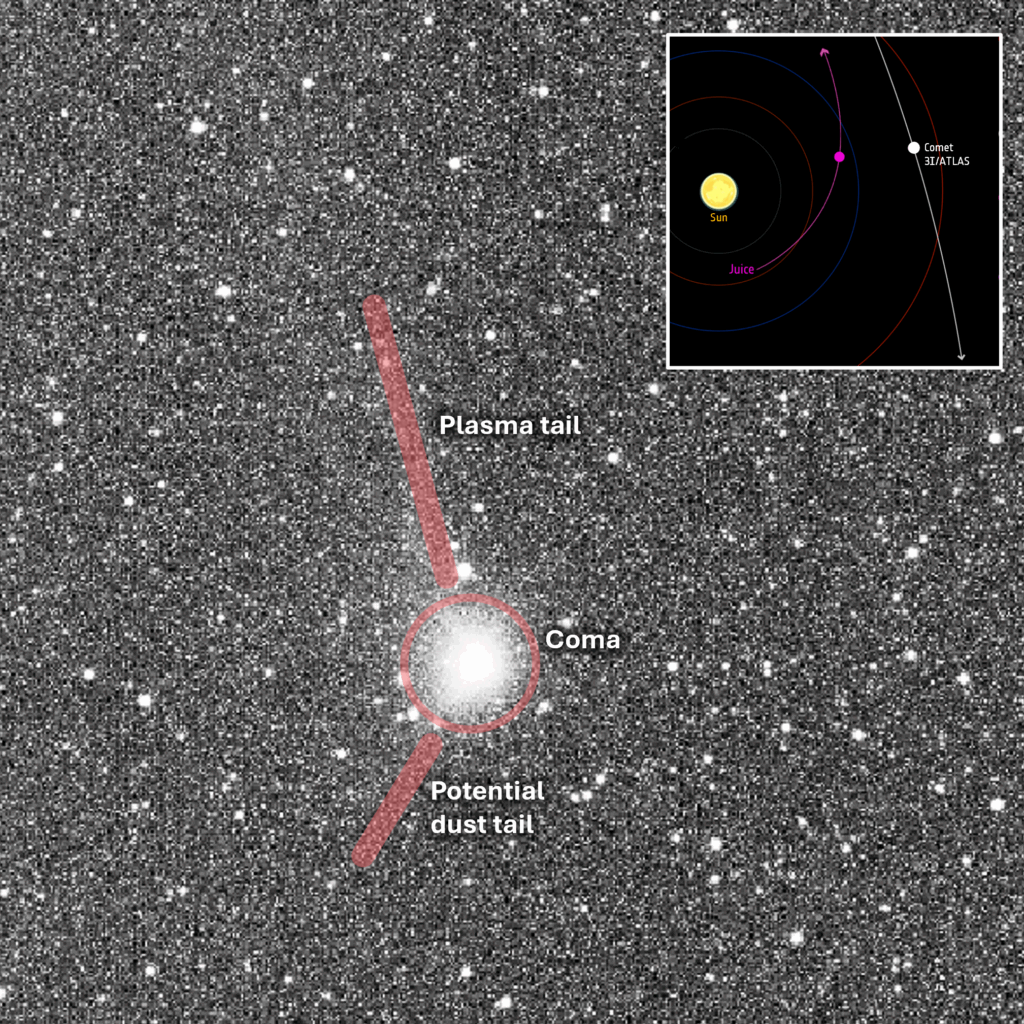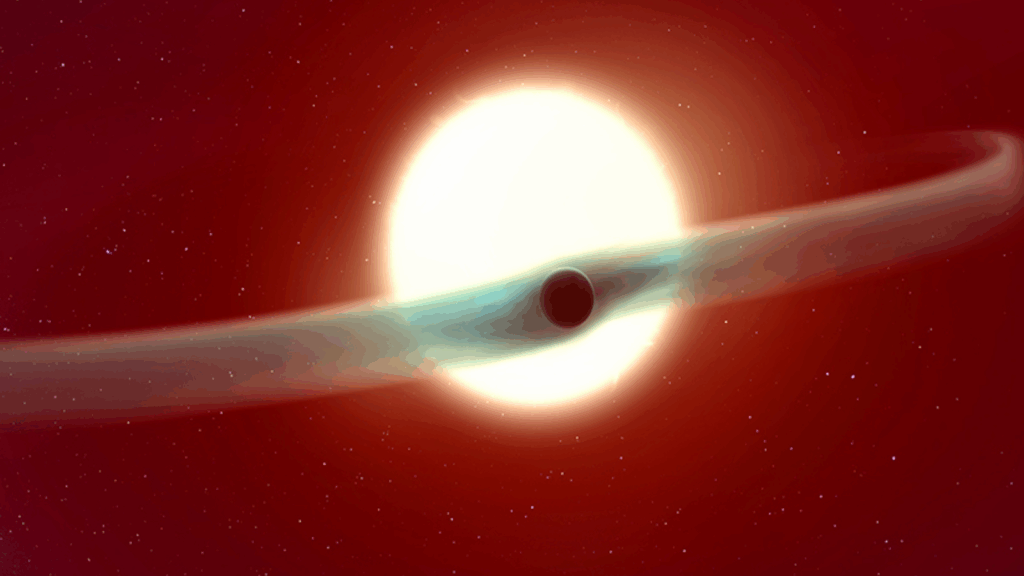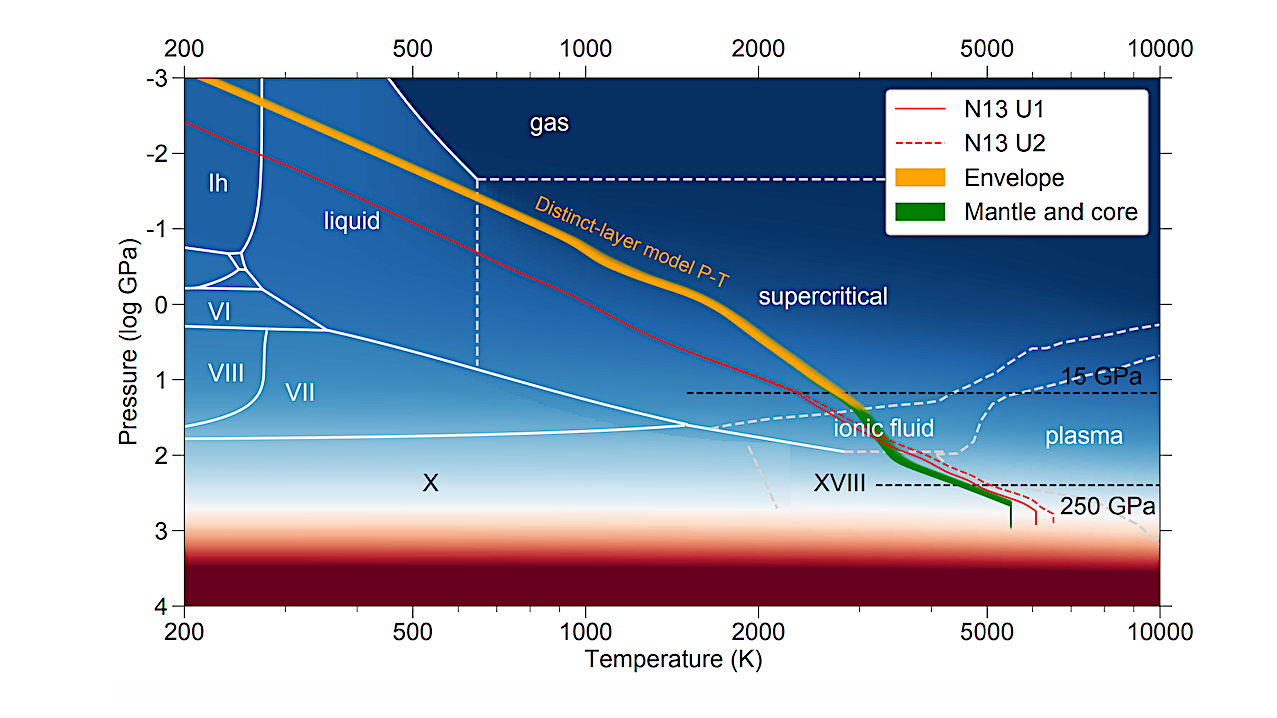Now Reading: SpaceX launches 4 Astranis satellites on 2nd try after last-second abort
-
01
SpaceX launches 4 Astranis satellites on 2nd try after last-second abort
SpaceX launches 4 Astranis satellites on 2nd try after last-second abort
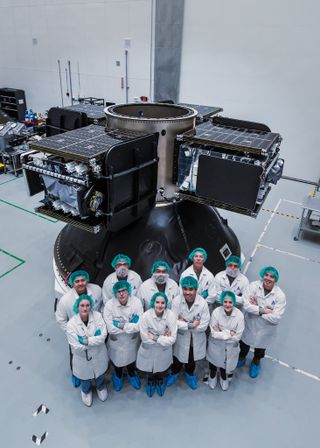
SpaceX successfully launched a miniature fleet of communications satellites into orbit in the wee overnight hours in a vindication of sorts after a last-second abort delayed the flight.
A SpaceX Falcon 9 rocket launched four “MicroGEO” satellites for the company Astranis to orbit from Space Launch Complex 40 at Cape Canaveral Space Force Station in Florida. Liftoff occurred on time at 12 a.m. EST (0500 GMT) on Dec. 29.
The midnight launch marked SpaceX’s second attempt to launch the MicroGEO satellites for Astranis after a Dec. 21 launch attempt ended in a last-second abort just as the Falcon 9 rocket‘s first stage engines ignited. In a post on the social media site X, Astranis vice president Christian Keil said SpaceX swapped out Falcon 9 rocket boosters for the flight.
SpaceX’s MicroGEO satellite launch, called “Astranis: From One to Many,” was the second of three planned SpaceX launches in three days this weekend. The company successfully launched 22 Starlink internet satellites from Vandenberg Space Force Base in California on Saturday (Dec. 28), then launch another 21 Starlink satellites from another Florida pad on Monday (Dec. 30).
“Targeting a Falcon 9 launch from all three launch pads in Florida and California over the next three days,” SpaceX wrote in an X social media post Friday (Dec. 27).
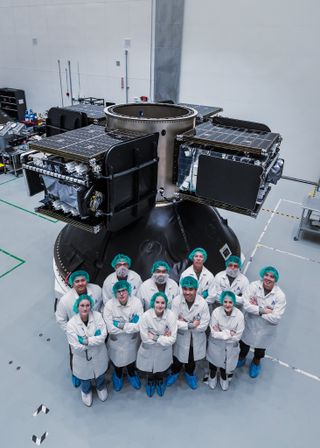
The MicroGEO satellites launched Sunday were built by San Francisco-based Astranis to provide satellite communications services for a variety of customers. Two of the four satellites will serve the Colorado-based firm Anuvu for in-flight connectivity on planes, ships or other transportation, while another — called Agila — will be a dedicated communications satellite for the Philippines. The fourth satellite, known as UtilitySat, will serve multiple customers over its lifetime.
“These are our most advanced satellites yet, with a number of improvements that will generate increased capacity and affordability,” Astranis CEO John Gedmark said in a statement before launch.

RELATED STORIES
The satellites were successfully deployed about 35 minutes after liftoff and are bound for a final geosynchronous orbit about 22,236 miles (35,786 kilometers) above Earth.
The Falcon 9 launching the MicroGEO mission for Astranis is no SpaceX spring chicken. This flight marked its seventh launch, with past missions including three Starlink flights, a NASA CRS-31 cargo flight and the crewed Crew-8 and Polaris Dawn astronaut flights.
The first stage of the Falcon 9 rocket returned to Earth just over 8 minutes after liftoff to land on the SpaceX drone ship A Shortfall Of Gravitas in the Atlantic Ocean.
Sunday’s launch marked the 133rd space mission in 2024 for SpaceX, which also plans to launch one final Starlink mission early Monday.
Editor’s note: This story was updated at 1 a.m. EST to include details on the successful launch.
Stay Informed With the Latest & Most Important News
Previous Post
Next Post
-
 012024 in Review: Highlights from NASA in Silicon Valley
012024 in Review: Highlights from NASA in Silicon Valley -
 02Panasonic Leica Summilux DG 15mm f/1.7 ASPH review
02Panasonic Leica Summilux DG 15mm f/1.7 ASPH review -
 03How New NASA, India Earth Satellite NISAR Will See Earth
03How New NASA, India Earth Satellite NISAR Will See Earth -
 04From Polymerization-Enabled Folding and Assembly to Chemical Evolution: Key Processes for Emergence of Functional Polymers in the Origin of Life
04From Polymerization-Enabled Folding and Assembly to Chemical Evolution: Key Processes for Emergence of Functional Polymers in the Origin of Life -
 05And Thus Begins A New Year For Life On Earth
05And Thus Begins A New Year For Life On Earth -
 06Astronomy Activation Ambassadors: A New Era
06Astronomy Activation Ambassadors: A New Era -
07SpaceX launch surge helps set new global launch record in 2024












